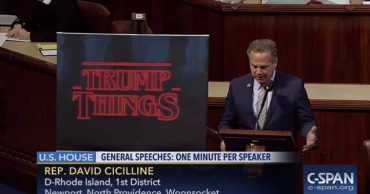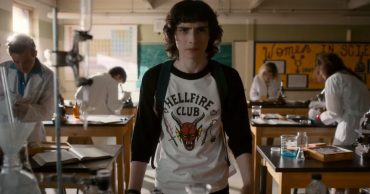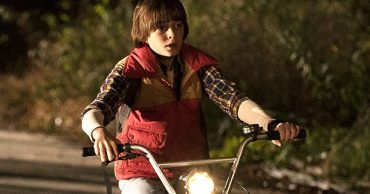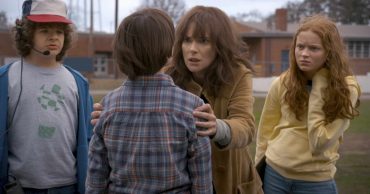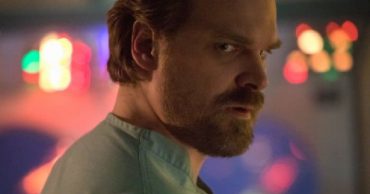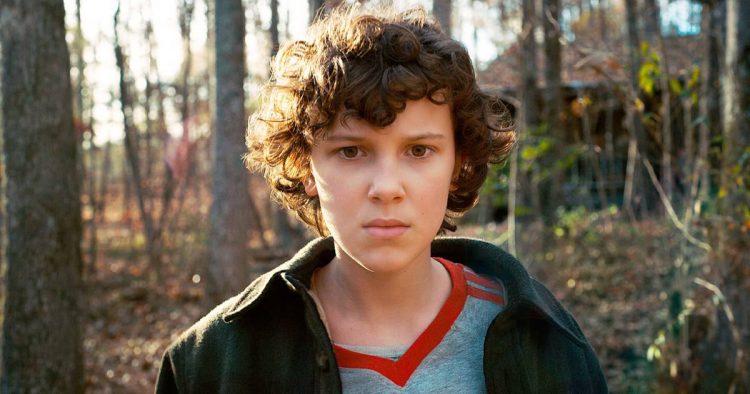
In the Autumn of 1983, er, Summer of 2016, Netflix’s original television series Stranger Things took the streaming service and eventually the entire internet by storm. Before school went back into session, it had already become a worldwide phenomenon. Its Emmy’s hype burst through the roof, Eggos disappeared from grocery stores, and everyone already had their pink dress and blonde wig picked out for an Eleven-inspired Halloween costume.
Upon an initial viewing, it’s easy to see why Stranger Things pulled the heartstrings and captured viewers so strongly. The charismatic characters, funky fresh science fiction, killer soundtrack, and endless 80’s pop culture references hooked anyone and everyone who gave Mike and the gang a chance. However, there’s more to the show than surface level production value which spices up Stranger Things from good TV to great TV. Let’s hunker down in Castle Byers and grab the Christmas LED’s to shine some light on what makes Stranger Things wonderfully crafted television.
Technical Beauty and Brilliance
To the casual viewer, Stranger Things may look like most other shows, but what separates the blast-to-the-past adventure series from other dramas is the cinematic-style capture of moods and settings within the world of Hawkins, Indiana. Each shot frames all the information we need and then some. The wide lens shots of Chief Hopper and his search party in twilight-laden woods gives us the perfect horror vibe, but also contrasts protagonists with the oncoming darkness. The main mystery has just begun, and the camera work pulls the viewer into a blue-green world of the unknown with it, teleporting us within the world itself.
Cinematography doesn’t get the only trophy, though. The audio team brought a new meaning to paranormal soundscapes, with explicit screams and otherworldly growls penetrating barriers of real and onscreen. A casual viewer may not pick it up on the initial binge due to taking in so many things at once, but with a closer study, honing in on the sound effects of Stranger Things spins us Upside Down and puts us face to face with the monsters inside and out. These elements combined, along with a revolutionary synthwave score, create an atmospheric aesthetic not utilized in the Prestige TV era before or since.
Stranger Than Fiction
The American Midwest has been the backdrop for countless thrillers new and old, and has ripened into a boring habit for storytelling. Yet, the setting for Stranger Things feels different than the Spielbergian trope of midwest locales. Immediately off the bat, Chapter One gives a familiar yet grounded world in Hawkins, Indiana. We feel comfortable and yet are always unsure with the cold open unchaining a beast unseen. With the cast having miniature introductions from the get go, the believability cements both our characters and us as viewers.
With the science-fiction elements introduced so slowly in a piece-by-piece format, it comes across as if it belongs in Hawkins. They’re not flashy, over-the-top, or B-Movie quality, but still more than basic makebelieve. So many shows and horror films lose touch with their Earthly worlds, but Stranger Things tiptoes the line perfectly between sticking to realism and evolving fantastical enough to captivate anyone with an inkling of imagination.
Diverse Character Carnival
One tread through of Stranger Things simply isn’t enough to fully grasp the array of interesting, diverse characters spawned throughout Hawkins. Critics and even fans alike have been quick to judge the cast as cardboard cutouts of protagonists from old horror flicks. While the cliches may be tired and true, they’re used because cliches work. Better yet, Stranger Things utilizes them with a spin on relatability. Taking the time to study Joyce or Chief Hopper or any of the adolescents unveils their humanistic qualities and approach to connecting with viewers. At the heart of most everyone is a theme of brokenness and insecurity. Chief Hopper finds a drive to fulfil his insecurities towards family after losing his own. A lot of viewers can connect to the empty pit of familial pain. Joyce’s character could easily have been swept aside as a weak female filler role meant to provide emotional conflict with others, but instead flips the script and chooses to confront her “crazy” antics and hold firm to her beliefs as a strong-willed protagonist. Many of us, including myself, can relate to being outed by a group or community, and find inspiration in taking responsibility and leadership, despite our quirks.
New vs. Nostalgia
In addition to familiar yet original characters, the thematics of Stranger Things also pits new ideas against a longing for old filmmaking tropes. What makes the show so memorable is its heavy dose of all things 80’s, with literal riffs from Steven Spielberg blockbusters to figurative inspirations from the imagination of Stephen King. But what takes the television masterwork to the top is the refreshing blend of progressive and contemporary themes within the genre and generalized TV medium. In frequent sci-fi fairy tales, the monster or alien running about is usually one of a third-kind definition, but Stranger Things evolves the plot device into a fleshed out (pun intended) human being, Eleven. In addition, Eleven breaks the mold of stereotypical young female duties. She grabs the most attention of the middle school friends and grows through her innocent exploration of Earth and understanding of her own supernatural powers. She stands up for her friends, but more importantly stands up for herself, shedding the alien trope at the same time.
The same can be said for all three of our leading ladies. Joyce, Nancy, and Eleven all take turns taking charge of their respective roles. None play the oft-used game of follow the leader, but instead take up the front and initiate action. We see so often female protagonists and sidekicks stick around for the purpose of their male counterparts, but this trio breaks the label and fits in with Stranger Things’ continued success in creating contemporary narratives in the context of retro fads and 1983 pop culture.
Structure Parallels Story
Quite possibly the greatest aspect to Stranger Things’ place amongst Prestige TV’s best is its perfect story structure and how it parallels the plot itself. One of the main mysteries is the omnipresent monster of some sorts, kept mostly offscreen, coming in and out of an alternate universe later revealed as the Upside Down. The camera, and ultimately the viewer, take the place of a third-party pair of eyes, watching events unfold from afar, hidden amongst trees, just as a predator stalking its prey would. The story is structured so that each time the viewpoint is of an onlooker, a paranormal or supernatural narrative arc unfolds as well.
The style of scene flow also fits the bill of story progression. Each pie piece of the overall plot, whether it be Mike and the gang’s journey, Joyce’s frantic experimentations, Jonathan’s quiet musings, or Hopper’s investigation, no side-by-side scene cuts within itself. In other words, each scene of one group is preceded and followed by another collection of characters. This takes us down the winding road with the varying and immense numbers of castmates. But structuring each episode’s script with a revolving door of individual plotlines, we get a better sense of the ever-changing setting and constantly evolving timelines. When alternate universes come into play, this technique works perfectly. The viewer almost feels brought back and forth between dimensions themselves. If Eleven’s flashbacks to her telekinetic discoveries weren’t strewn throughout the realtime story, I’m not sure we’d feel the same emotional impact of riding back and forth between upside down and rightside up.
So no matter how many times you’ve binged Stranger Things, remember on your next rewatch to pay attention to the details in this fantastically crafted show. The Duffer Brothers breathed life into a tired genre and gave us an exciting world of diverse characters, realistic landscapes, and enough 80’s nostalgia to fill both sides of Hawkins, Indiana. Stranger Things may be just another television option to some, but to many of us, it’s what keeps us in the dark, escaping with Eleven, Hopper, and the rest of the crew. They’re what make it great.
 Follow Us
Follow Us
